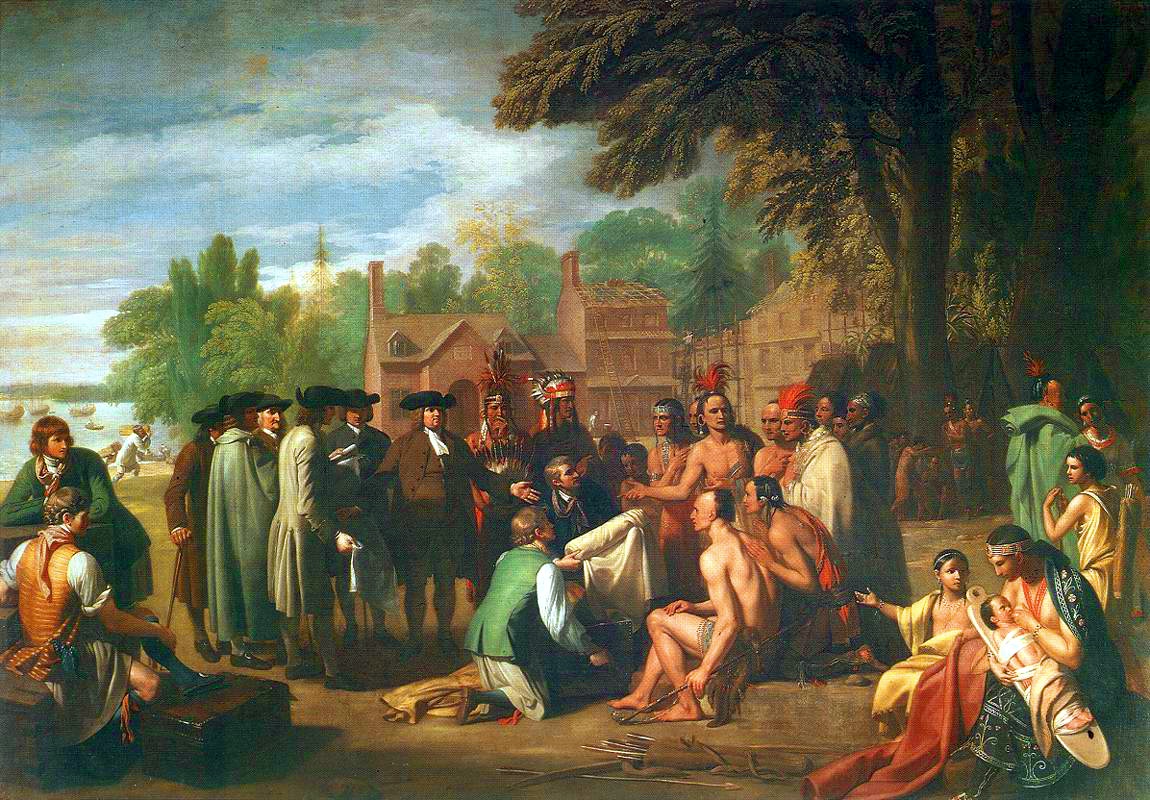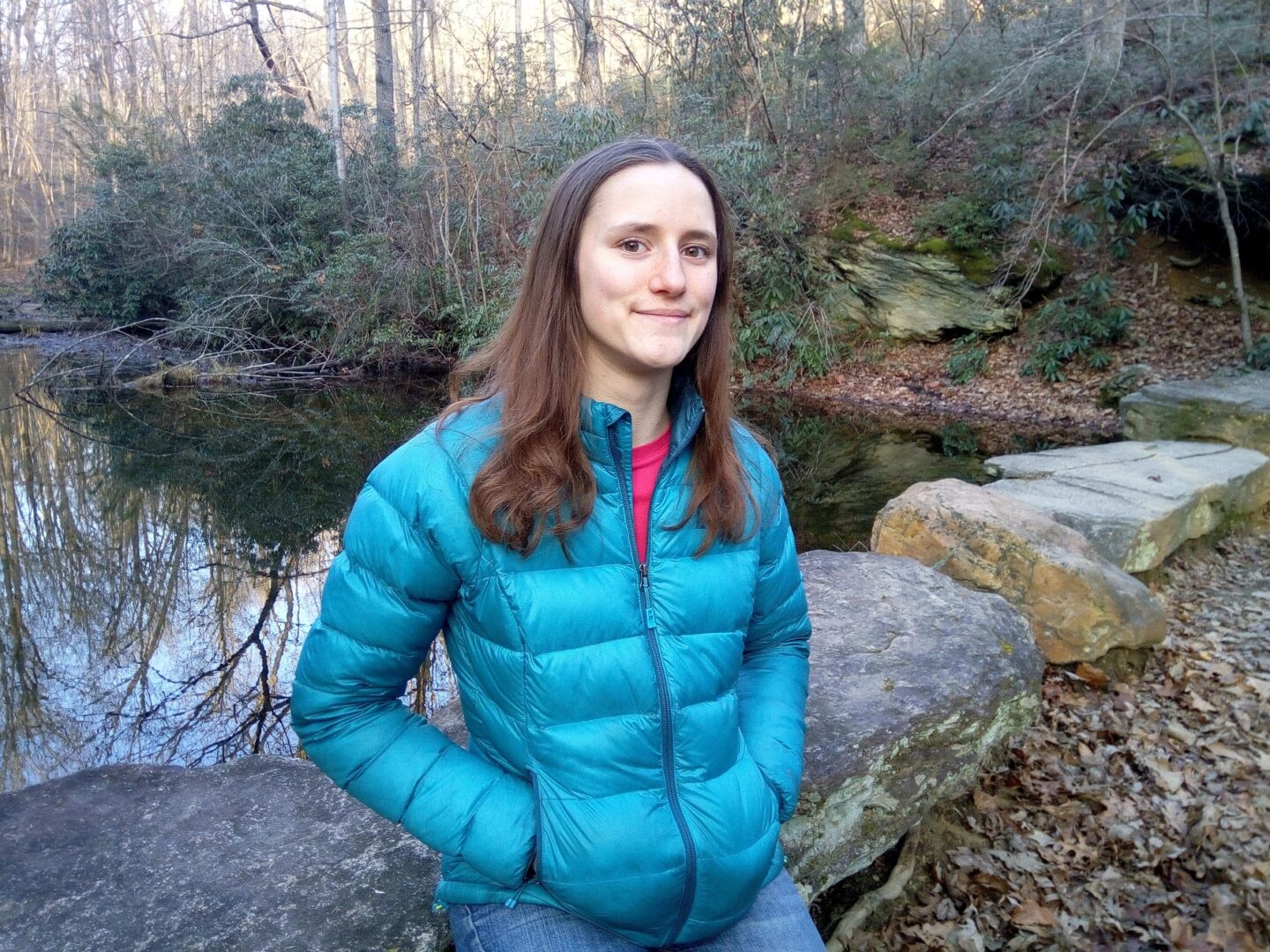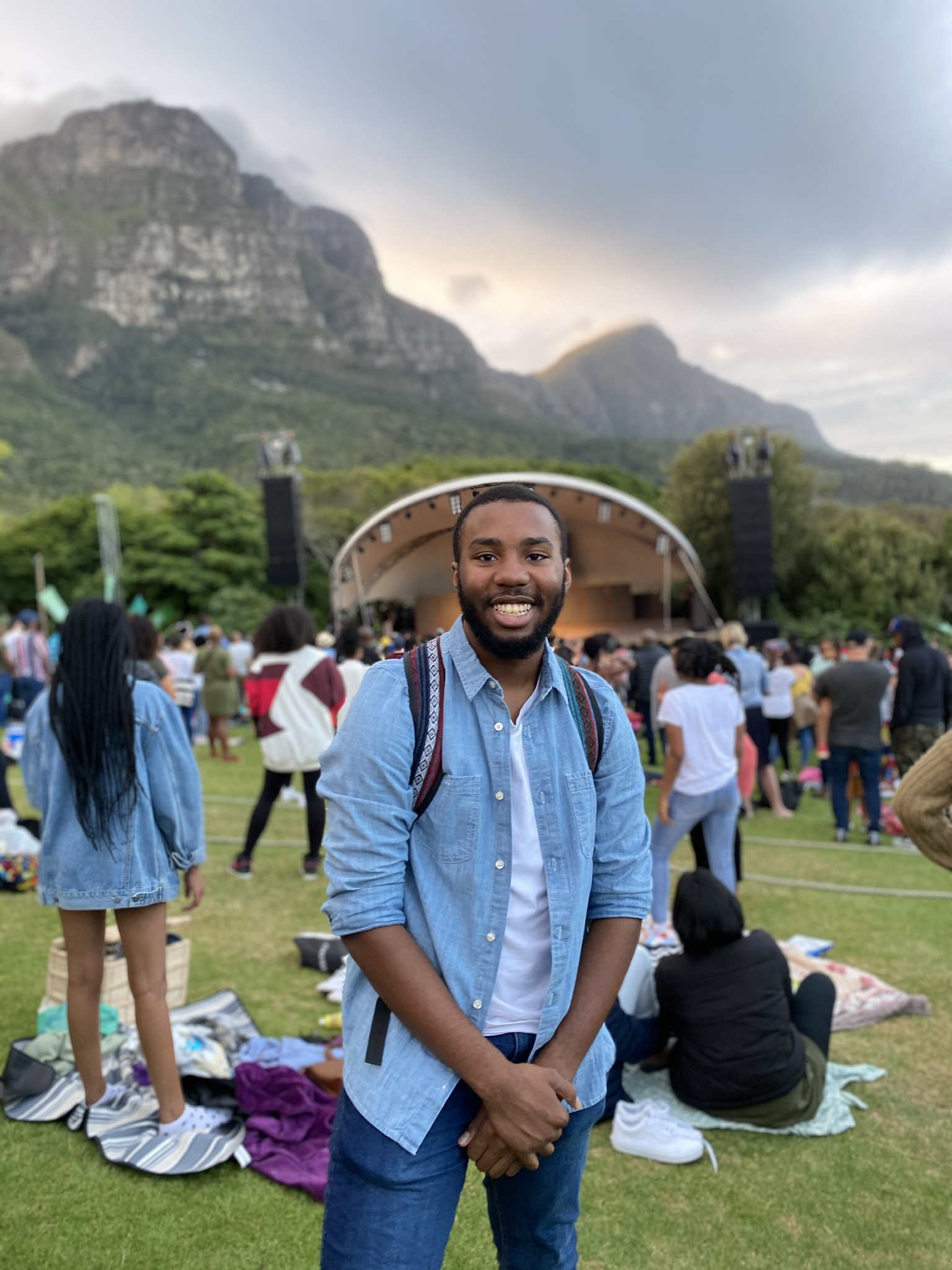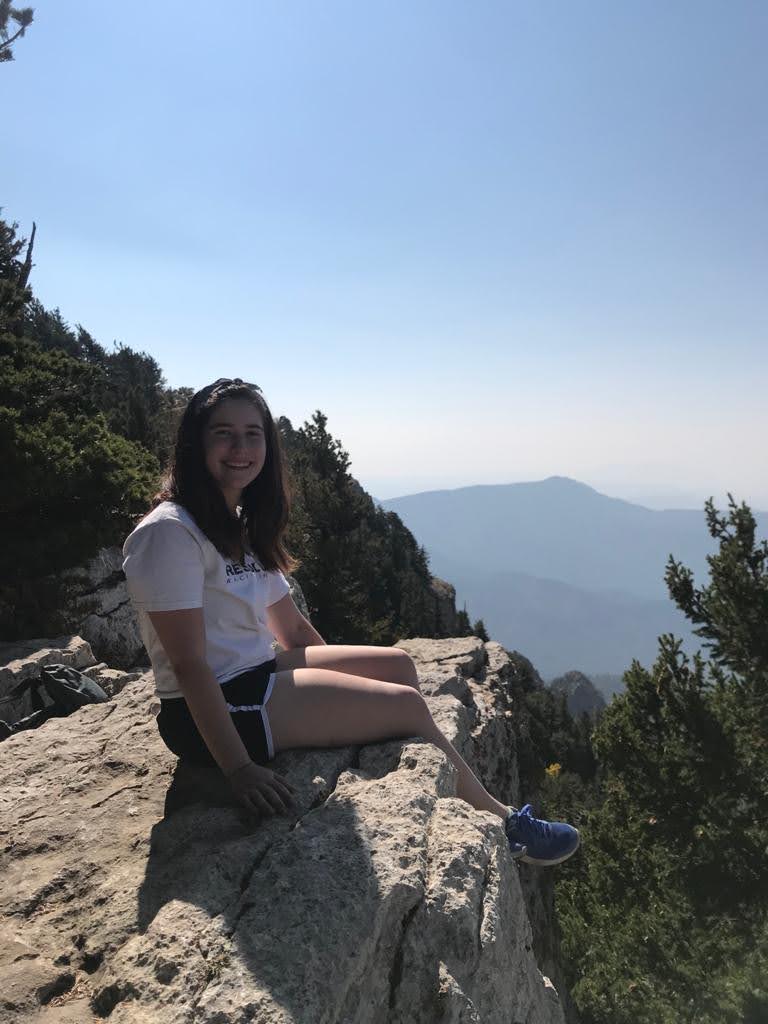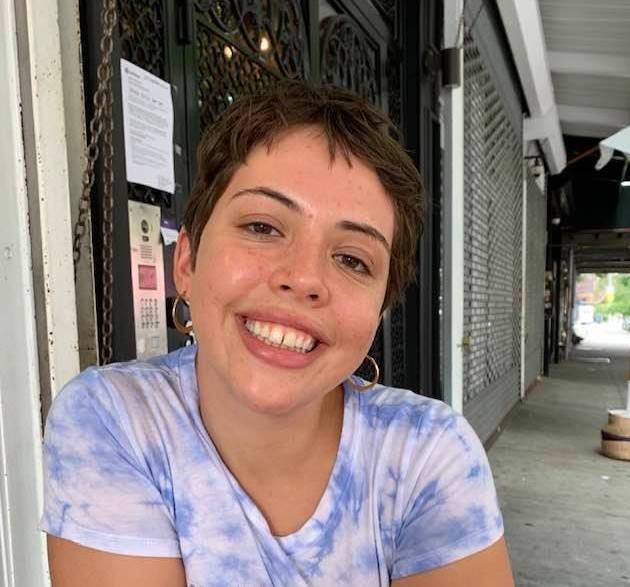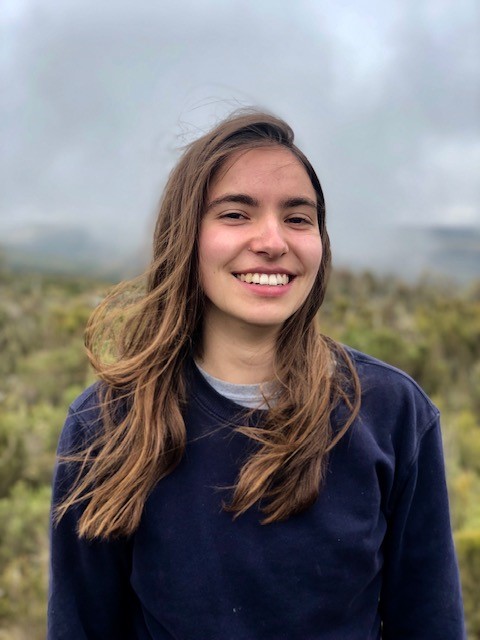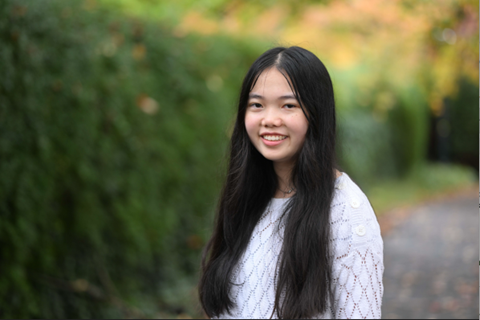Author: Grace Liu ‘23
Welcome to our first Good News Friday of December! As we head into reading period and finals, let’s take some time to appreciate all the positive environmental developments that have been happening recently. Here are three hopeful bits of good news to kick off the holiday (and exam) season:
- Environmental Activists Recognized: The Goldman Environmental Prize (aka the “Green Nobel Prize”) honors six grassroots environmental activists, one from each (populated) continental region of the world. This year’s winners include: an Indigenous Karen activist from Myanmar who worked to establish the world’s first peace park in an active conflict zone, an Indigenous Mayan beekeeper who spearheaded a coalition to ban Monsanto soy beans in seven Mexican states, a French climate activist who pressured France’s three largest banks to stop supporting coal development, a youth activism leader who brought about a ban on single-use plastics in the Bahamas, an Indigenous Waorani woman who enacted legal action to stop oil extraction in a huge plot of the Amazon rainforest, and an activist who changed the trajectory of Ghana’s energy future. Read more about their inspiring stories here.
- Unlimited Geothermal Energy Startup: Eavor, a promising geothermal energy startup, has developed an innovative yet simple system, dubbed the Eavor-Loop, which harvests heat from deep in the earth to be used for commercial heating applications or to generate electricity. While conventional geothermal plants drill straight down into the earth, the Eavor-Loop consists of a pressurised self-contained loop where cold water is constantly heated underground and the heat is extracted at the surface. The system is essentially self-powered due to convection, and Eavor predicts it will be able to provide gigawatts of dispatchable energy anywhere in the world for less than $50/MWh by the end of the decade, making its technology cost-competitive with natural gas and coal.
- Lab-Grown Chicken Nuggets for Sale: For the first time ever, cultured meat grown in a bioreactor has been approved for sale. The “chicken bites,” produced by the U.S. company Eat Just, recently passed the safety review of the Singapore Food Agency. As of now, the lab-grown alternative is much more expensive than conventional meat, but Eat Just predicts that it will eventually be cheaper when production is scaled up. According to some scientists, cutting meat and dairy consumption is the single biggest action a person can take to reduce their impact on the environment, so this new development is a huge win for sustainable food production.
That’s it for this week! Tune in next time for more encouraging environmental news. If you’d like to share some Good News with us, please feel free to get in touch!


